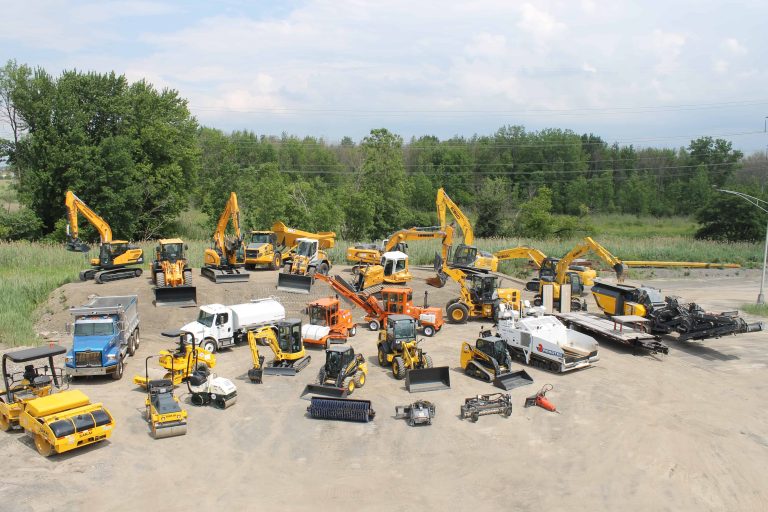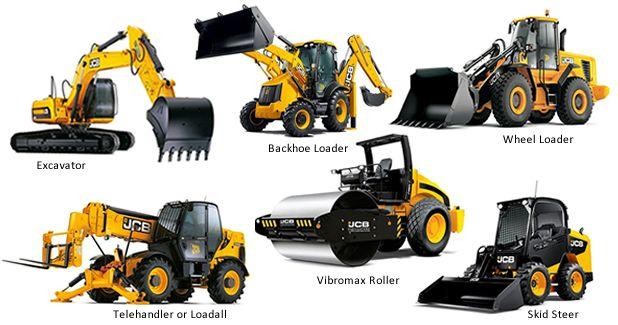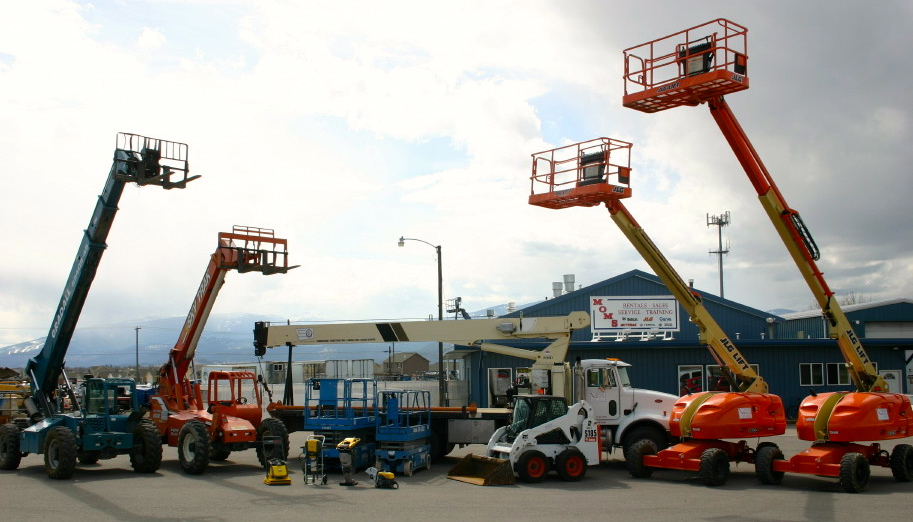Forklift Rental: Heavy Lifting Equipment for Warehousing and Extra
Forklift Rental: Heavy Lifting Equipment for Warehousing and Extra
Blog Article
Maximize Your Budget Plan by Recognizing the Costs Related To Building And Construction Equipment Services
Understanding the full scope of expenses linked with building devices services is important for maximizing your budget. What strategies can be utilized to properly handle these prices and guarantee an extra reliable rental experience?
Review of Rental Costs
When considering building and construction equipment services, understanding the linked expenses is paramount for effective budgeting and job preparation. Rental prices can vary significantly based upon numerous factors, including devices type, period of leasing, and area. The initial rental charge typically shows the tools's market demand and its associated operational capabilities, affecting the overall expense.
In enhancement to the base rental price, supplementary expenses may emerge, such as transportation fees, fuel additional charges, and upkeep costs. It is important to represent these added expenses to accurately assess the total price of renting out tools. In addition, the rental duration can impact prices; longer leasings may get approved for reduced rates, while short-term leasings could sustain higher day-to-day costs.

Breakdown of Rental Prices
A detailed understanding of rental prices is crucial for professionals and task managers aiming to optimize their budget plans. Rental rates for building tools usually contain a number of components, including base prices, time-based costs, and usage fees.
Base rates are the core fees connected with the leasing of the equipment, commonly figured out by the type and dimension of the machinery. These prices can differ substantially, influenced by factors such as devices demand, accessibility, and local market fads. Time-based costs, which might be daily, weekly, or monthly, serve to fit various project timelines and rental periods.
In addition, rental rates may include usage fees, which are suitable when tools is used past a defined limit, ensuring that the rental firm can account for damage. Seasonal need changes can also influence rental rates, with peak building seasons usually commanding greater rates.
Moreover, understanding the rental business's policies concerning upkeep and insurance can give additional understanding into the total expense structure. By analyzing these parts, contractors can make enlightened decisions, ensuring the choice of rental tools aligns with both project demands and budget plan restrictions.
Extra Costs to Consider
Understanding the ins and outs of additional fees is crucial for service providers to handle their overall leasing expenditures efficiently. Past the basic rental rates, different additional charges can considerably affect the total expense of tools service. These fees commonly consist of distribution and pick-up costs, which can vary based on distance and logistics associated with delivering the equipment to and from the job website.
Additionally, some rental business might impose gas surcharges if the equipment is returned with much less gas than when rented. It is also necessary to recognize potential cleaning costs, look at more info especially for specialized tools that needs extensive maintenance after usage.

Thoroughly assessing the rental contract and making clear these extra costs ahead of time can assist professionals stay tractor rock picker clear of unforeseen prices and guarantee that budgets continue to be intact throughout the job lifecycle.
Repair And Maintenance Expenses
Routine upkeep and repair costs are typically ignored elements that can significantly influence the total cost of building and construction devices services. When leasing devices, it is crucial to think about not just the rental fees yet likewise the prospective prices related to keeping the machinery in optimum operating problem.
Numerous rental business consist of standard maintenance as part of the rental contract; however, much more considerable repairs or unexpected break downs can result in extra costs. It's necessary to review the rental contract carefully to understand what maintenance services are covered and what responsibilities fall on the renter.
Additionally, tools that is not properly maintained can bring about inadequacies on duty website, possibly creating delays and raising job expenses. To alleviate these dangers, it is a good idea to carry out regular evaluations and maintain open interaction with the rental copyright relating to any type of issues that arise throughout usage.
Insurance Policy and Obligation Expenses
Insurance and liability prices are important elements that can significantly impact the general cost of construction tools rentals (forklift rental). These expenses ensure that both the rental company and the customer are secured from possible economic losses developing from accidents, damage, or theft throughout the rental period

Additionally, customers should be conscious of any deductibles or exclusions in the insurance coverage, as these can affect potential out-of-pocket expenditures. Understanding the terms of any kind of insurance policy coverage is important to stay clear of unforeseen prices. Eventually, budgeting for insurance coverage and obligation expenditures can assist make sure a smoother rental experience and shield against financial dangers related to construction projects.
Conclusion
In verdict, a detailed understanding of the expenses linked with page construction devices rentals is vital for effective budget management. Eventually, informed decision-making regarding devices rentals contributes to the general success of building and construction undertakings.
Rental expenses can vary dramatically based on a number of factors, consisting of equipment kind, period of service, and place (boom lift rental). The rental period can influence rates; longer services may qualify for affordable rates, while temporary services may sustain higher daily costs
By conducting thorough research study and involving with reputable rental companies, professionals can successfully navigate the complexities of rental rates, ultimately maximizing their monetary sources.
Beyond the common rental prices, various extra costs can significantly affect the complete cost of equipment leasing. Rental business typically supply obligation insurance coverage that covers injuries to 3rd events or damage to residential property, while equipment damage insurance policy can cover the cost of fixings or replacement if the rented out equipment is damaged.
Report this page